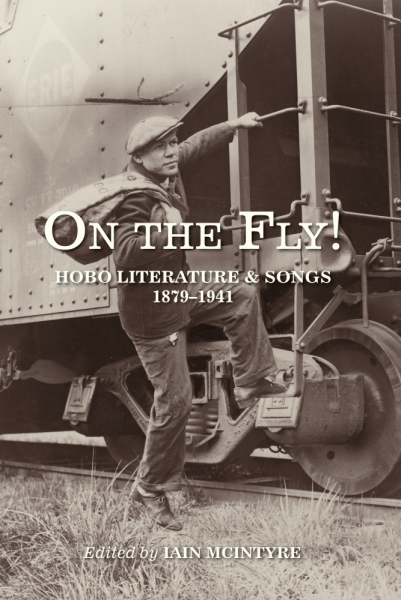Carol
Reed and David Lean were contemporaries, and hit their stride in the immediate
postwar years, when British cinema came roaring back from austerity. Lean was the more celebrated, later, with Lawrence and Zhivago, but for a time, they were neck and neck. Lean came out with Brief Encounter in 1945, Great
Expectations in 1946, and Oliver Twist
in 1948. Reed released Odd Man Out in ‘47, The Fallen Idol in ‘48, and The
Third Man in ‘49. Reed had directed a
dozen pictures before the war, while Lean was still making his bones as an
editor. Reed shot Night Train to Munich in 1939, and it was released in 1940.
They were uncertain times in
Night Train has
an unconventional structure. There’s
essentially a prologue, the attempted escape from
The screenplay was by Sidney Gilliat and Frank Launder, who wrote The Lady Vanishes, among many others - more on this, below. According to Gilliat, the source material, a Gordon Wellesley short story, accounted for the first ten minutes of the script, and he and Launder winged the rest. The inconsistencies and plot holes are paved over with snappy dialogue and terrific pacing. They never give you pause to reflect.
Margaret
Lockwood made The Lady Vanishes for
Hitchcock in 1938, and The Stars Look
Down for Carol Reed in 1940, both co-starring Michael Redgrave. But when Redgrave wasn’t available for Night Train to Munich, they decided on Rex
Harrison.
Paul Henreid is Harrison’s foil, as the SS officer, first an infiltrator in the prison camp, then undercover in
And then, Margaret Lockwood. She was a pretty big draw, beginning in the late 1930’s, but her movie career tanked in the mid-1950’s, which makes no more sense to me than why some people won’t eat potatoes. Those enormous, luminous eyes, just to begin with. She got a name playing bad girls in period pictures, some of them re-shot for the American market because too much cleavage showed in Regency costume. She was twenty-two when she made The Lady Vanishes, and there was talk of teaming her with Michael Redgrave in imitation of William Powell and Myrna Loy in the Thin Man series. She has an immediacy that seems unrehearsed, and a liveliness, an appetite. It feels completely genuine.
Night Train to Munich is sometimes said to be a sequel to The Lady Vanishes, or a variation, but they bear only a slight family resemblance. The same scriptwriters, a train trip, and, of course, Charters and Caldicott. The element of madness, the gaslighting, is missing entirely. And once past the intro, the crowded mountain inn where Iris and Gilbert meet cute, all the action in The Lady Vanishes takes place on the train, which gives it a cramped, claustrophobic quality, a physical trap, for characters trapped by circumstance. A very Hitchcock device. Night Train to Munich has its share of the artificial, but no metaphor so literal. In the Hitchcock, Charters and Caldicott stand in for the audience, skeptical but willing to suspend belief; in Night Train, their function is less whimsical and more dramatically urgent, although they still get in some stiff upper lip zingers.
CHARTERS Bought a copy of Mein Kampf. Occurs to me it might shed a spot of light on all this how d’ye do. [Pages through book] Ever read it?
CALDICOTT Never
had the time.
CHARTERS I understand they give a copy to all the
bridal couples over here.
CALDICOTT I don’t think it’s that sort of book, old man.
Basil Radford and Naunton Wayne, who played Charters and Caldicott, went on to play them in a couple of more pictures, and on radio (with Gilliat and Launder scripting, again). They’re pompous, dense, and endearing.
The Lady Vanishes is a fantastic movie, one of the best early Hitchcocks, and a box of marvels to unwrap. You can watch it over and over, and still be charmed every time. Night Train to Munich is overshadowed by the movies Carol Reed directed just after the war, and because it’s seen as derivative of Lady. I don’t agree, as I’ve tried to make clear. You can find it on YouTube, in a very decent print, but for truly crisp and lustrous, get the Criterion DVD.































